The bow and arrow may be the stars of archery, but quivers are also a vital accessory. After all, archers can only fire one arrow before needing another, making quivers the perfect companion to keep one’s arrows secure and close. For business buyers, this gear deserves equal attention, especially with the forthcoming 2024 Paris Olympics, as this event will likely lead to a rise in the sales of the quivers.
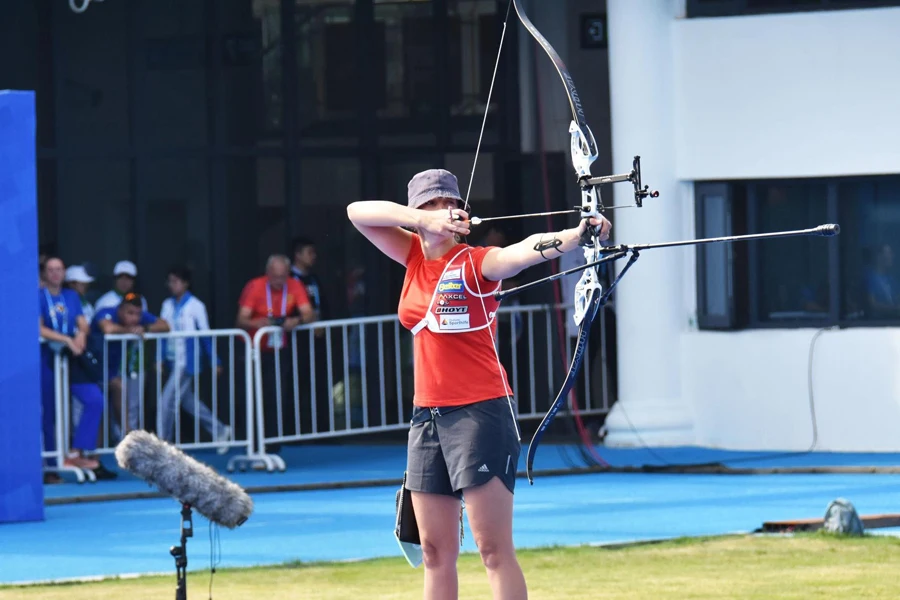
This gives businesses an opportunity to stock up on high-quality quivers that meet the various needs of buyers. So read on for everything you need to know about quivers including how to select the most attractive (and functional) models for archers in 2024.
Table of Contents
Will the archery market remain profitable in the coming years?
Why do archers need high-quality quivers?
The types of bow & arrow quivers
What consumers consider when choosing their perfect quiver
The bottom line
Will the archery market remain profitable in the coming years?
The global archery equipment market remains profitable and won’t slow down soon. According to predictions, the market will reach US$ 6.5 billion in 2023, growing from its 2023 US$ 3.9 billion value at a 5.6% compound annual growth rate (CAGR). Experts have also noted that the market’s driving forces include the popularity of archery as a recreational activity, the expansion of international competitions, and technological innovations.
According to the same report above, Individual consumers dominated the market in 2023, generating more profit than clubs, gaming zones, and sports organizers. The report also showed North America led the market by a landslide due to the region’s rich outdoor activities and sports tradition. Europe emerged as the second-largest market in the archery equipment industry.
Why do archers need high-quality quivers?
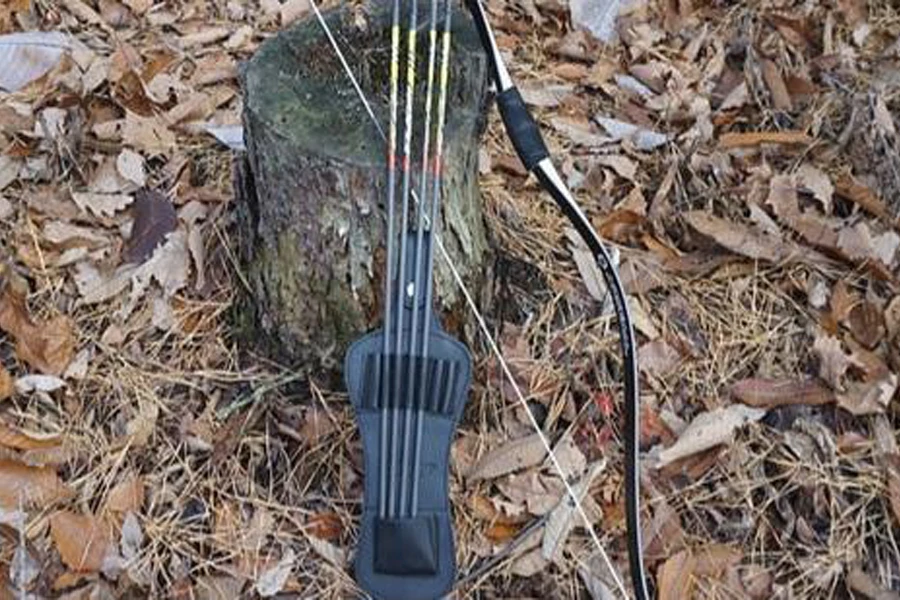
Shooting arrows requires an incredible focus that can break if hunters must reach far or fumble for their next arrows. High-quality quivers eliminate that hassle by giving hunters a quick and easy way to access arrows.
Quivers can assist shooting balance when archers mount them on a bow, regardless of the number of arrows hunters put in them. Modern quivers come with additional features that are more appealing. For example, some have adjustable straps for extra comfort, while others feature compartments to store small items.
Stealth is the final reason why archers need high-quality quivers in their kits. When shooting, using a top-notch quiver can make a huge difference. Aside from keeping arrows secure, quivers avert rattling noises that could spook away targeted prey. In other words, a high-quality quiver is necessary when silence is one of the criteria for a successful hunt.
The types of bow & arrow quivers
Detachable bow quivers
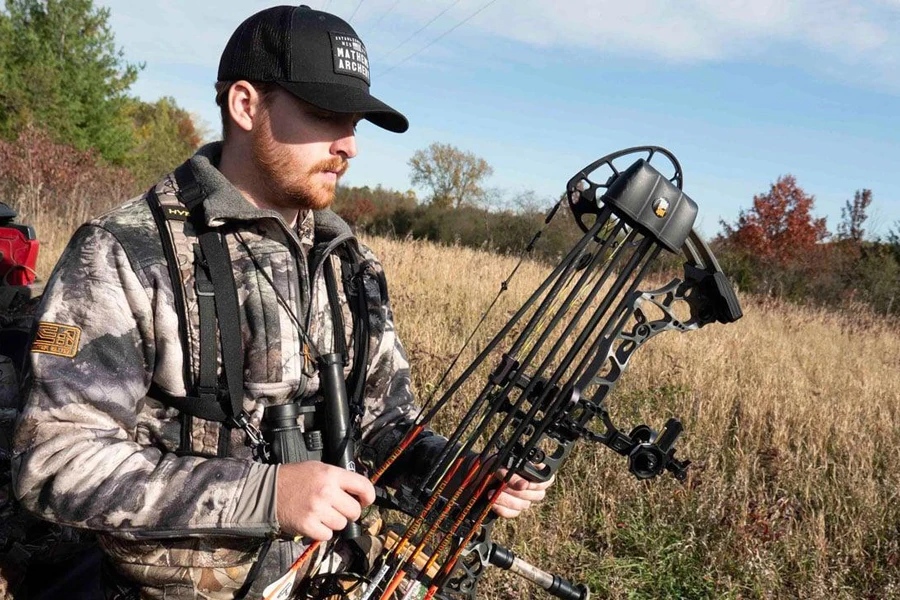
These quivers have designs that consumers can attach to their bows directly and remove easily when not used. This feature makes detachable bow quivers incredibly versatile. Also, such quivers can hold arrows close to the bow, reducing consumers’ movement when loading an arrow. Additionally, these quivers can organize arrows perfectly but can’t keep many of them, so that hunters may have limited ammo.
Bow-mounted quivers
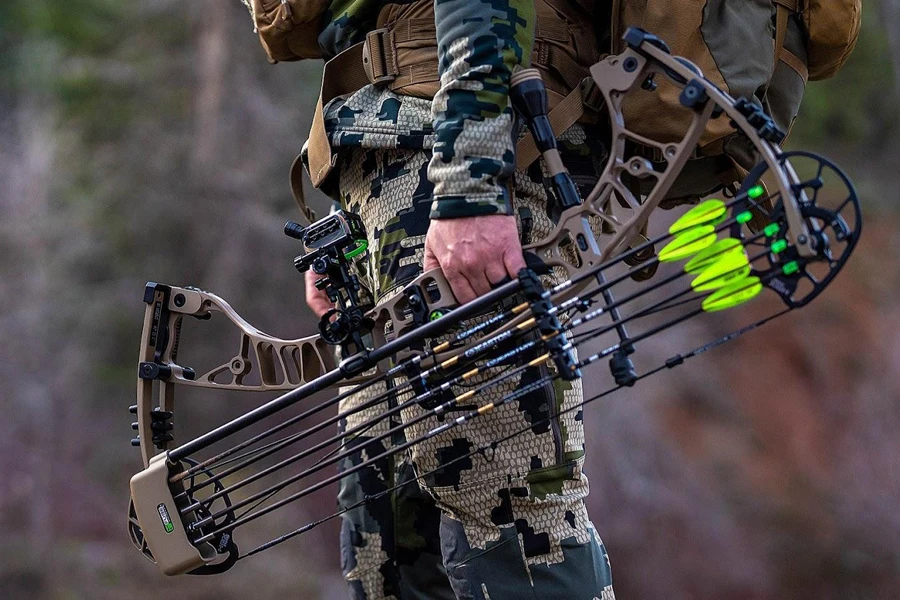
Bow-mounted quivers are incredibly similar to their detachable counterparts. Consumers can attach them to their bows to make their arrows immediately accessible. But these quivers are not as easy to unmount as detachable models because hunters need screws and bolts to keep them secured on their bows. Nevertheless, mounting this quiver is temporary; removing it is tough and time-consuming.
Back quivers

Back quivers have a more traditional design for arrow carrying. They allow hunters to sling them over their shoulders with the arrows resting on the back. The main benefit of this quiver style is the larger arrow capacity, an excellent feature for archery practice sessions or long hunting trips. However, they are uncomfortable to draw, and arrows may fall out if consumers bend over.
Hip quivers
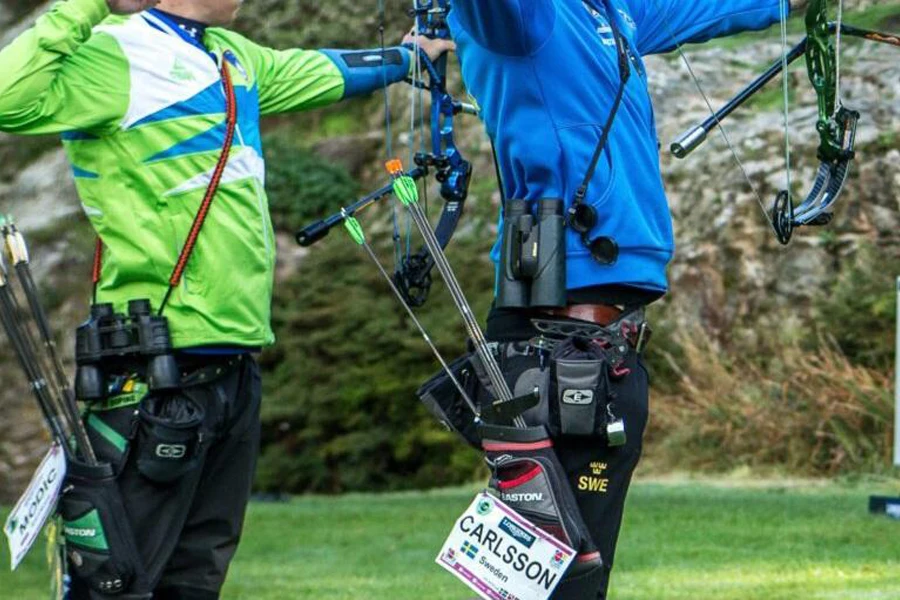
Hip (or side) quivers offer an impressive combo of convenience and mobility. They usually rest on the users’ hips or sides, offering quick arrow access without placing extra weight on the bow. Some models feature extra compartments or pockets to help store personal items or necessary tools. Their designs also make arrows lean backward to prevent uncomfortable arm contact.
Ground quivers
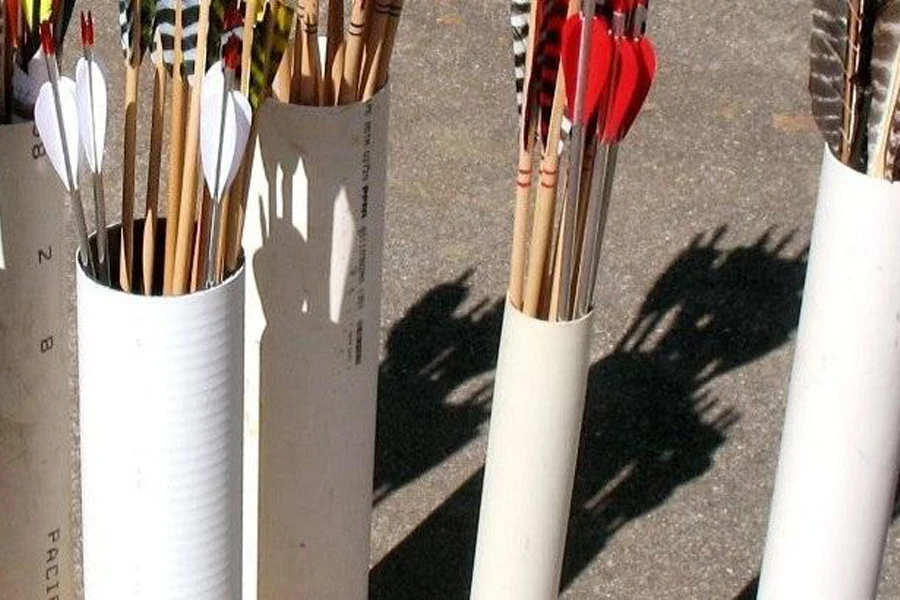
Consumers who don’t want to attach quivers to their bows or carry them on their bodies prefer ground quivers. These quivers are perfect for stationary shooting where drawing speed is unimportant, like target practice. Ground quivers also have large arrow capacities so that archers can use them for extended shooting sessions. Moreover, they are difficult to move around, making them terrible for archery or hunting.
What consumers consider when choosing their perfect quiver
Bow type
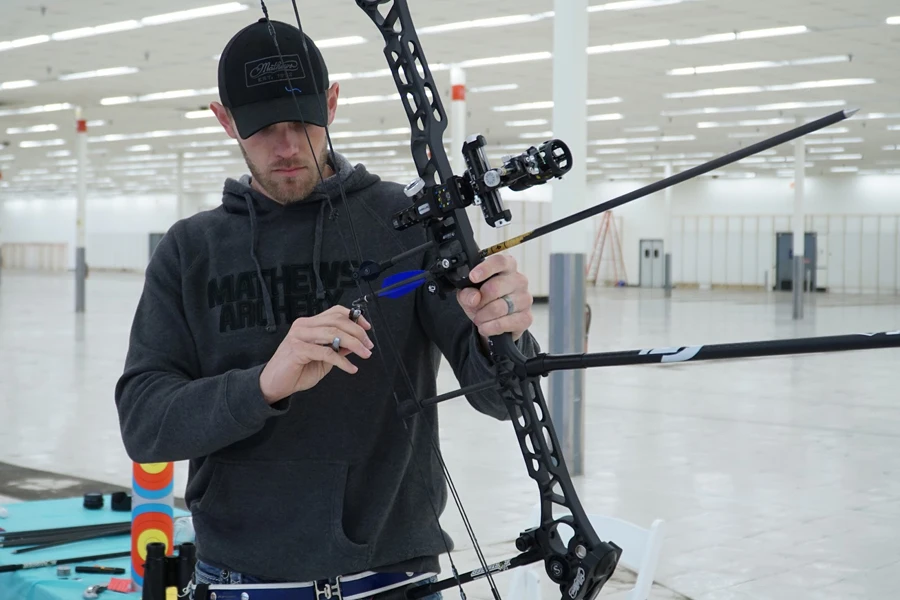
This bow is a key aspect that business buyers must consider before selecting a quiver. There are two bow types to consider:
Compound bows
Compound bows are designed for one goal: increased power and accuracy. While it’s hard to say if these bows are the most popular, their many accessories make them attractive to many hunters. For instance, manufacturers designed bow-mounted or detachable quivers specifically for compound bows. Hence, such quivers are the go-to for consumers interested in compound bows.
Recurve bows
These bows usually deliver and store more energy than the regular straight-limbed bow.
They have a lighter design to prevent balance disruption by a heavy quiver. Business buyers should consider lightweight quivers with these recurve bows to make it easier for consumers to shoot accurately. The best picks here are hip or back quivers for their ease of use and impressive mobility.
Archery style
The next thing to consider when choosing quivers is the archery style. It’s imperative to understand if archers or hunters are the target buyers because both styles have different movement requirements.
For instance, target archers use practice ranges with fixed distances and stationary targets, while hunters move through different terrains and shoot at various distances. Ground quivers are excellent options for archers, as they focus more on the shot than carrying arrows or maintaining balance.
Contrarily, hunters and field archers require bow-mounted and hip quivers because they need more mobility and easy arrow access. Business buyers may also offer back quivers to consumers who don’t mind being extra careful with their quivers during archery sessions or hunting trips.
Shooting type
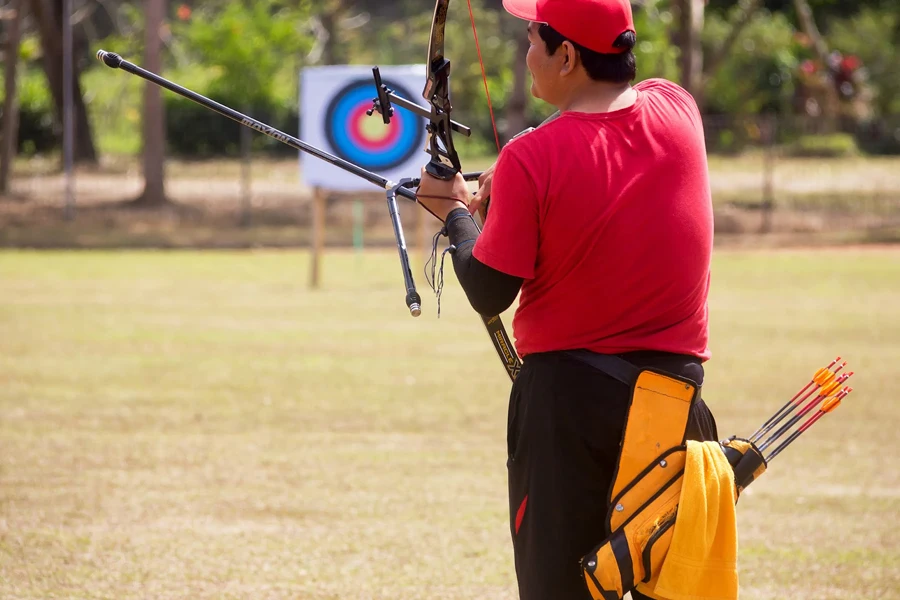
The archer’s shooting type also determines the kind of quiver they will need. If their shooting style involves quick fires, especially for hunting situations, business buyers can stock quivers with designs for fast and easy arrow access. In other words, bow-mounted or detachable quivers are the safest bet.
However, if target consumers prefer shooting over longer periods, like extended practice sessions or competitions, they will want better comfort. Therefore, businesses can focus more on back or hip quivers, as their designs can distribute weight across the user’s body.
Number of arrows
Archers also consider how many arrows they will need during their shooting sessions. Usually, hunters only need a few arrows, so they see smaller, lightweight quivers as better choices. But target archers often shoot dozens of arrows in a single session, pushing them towards quivers with larger capacities—like large ground and back quivers.
Design and aesthetics
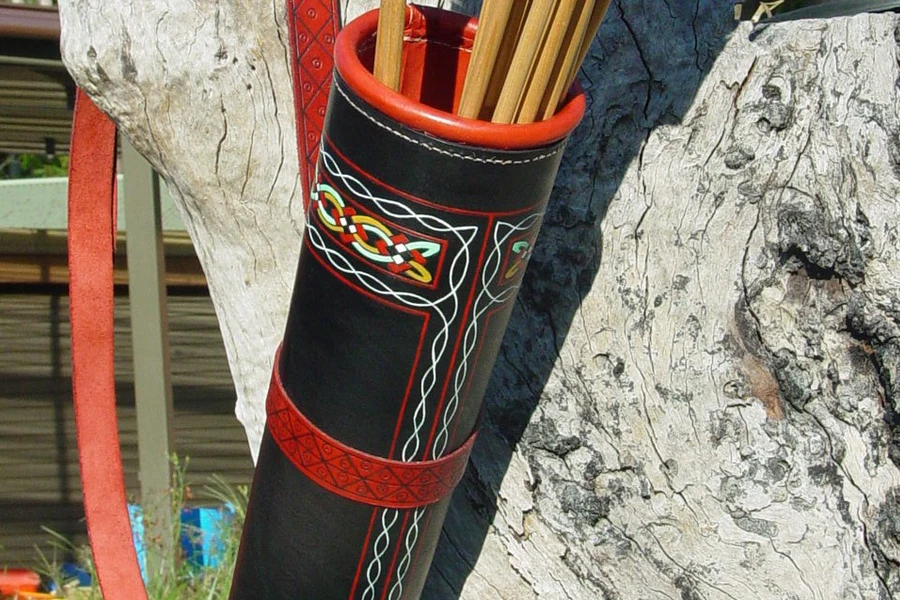
Functionality remains the core aspect of choosing quivers. Still, most consumers don’t want to miss out on the aesthetic and fun of this equipment, so it’s also worth considering. Remember that archery is more than just a sport, so it’s unsurprising that many people prefer to reflect their style.
Businesses can leverage this need for expression by offering incredibly practical quivers while appealing to the target consumer’s taste. Back quivers are usually very aesthetic, especially the traditional leather ones. Retailers can stock them in various forms and patterns that can easily catch the eye. Modern quivers with sleek looks may also attract minimalist archers.
The bottom line
It’s easy to overlook quivers and rush for bows and arrows instead. But quivers are one the most profitable archery accessories to stock. On top of this, hunting quivers have registered impressive growth recently. They exploded by 80%, from 165,000 searches in February to 301,000 in March 2024. Now that more people are searching for them, businesses can grab this opportunity to funnel more sales in 2024. And finally, don’t forget to stay updated with more posts like this by subscribing to Chovm’s Sports section.
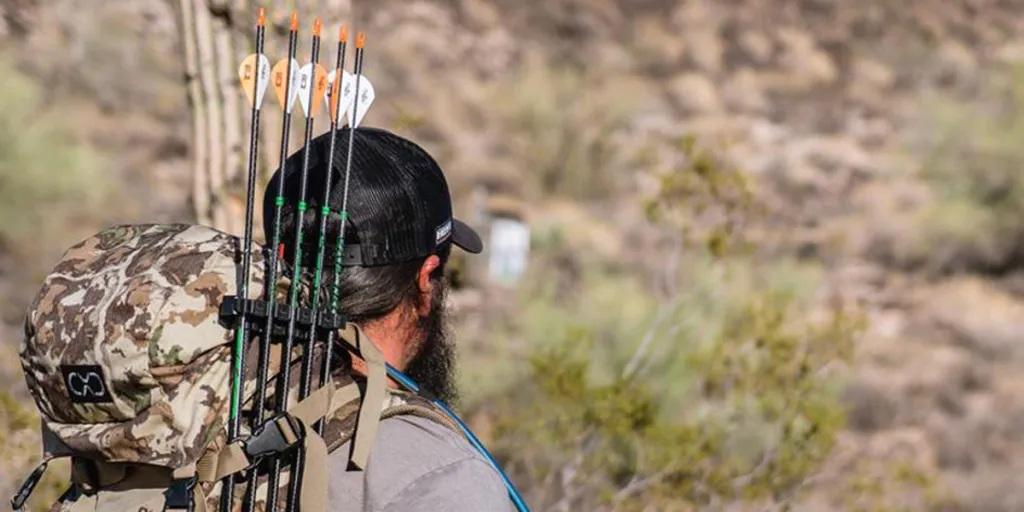




 বাংলা
বাংলা Nederlands
Nederlands English
English Français
Français Deutsch
Deutsch हिन्दी
हिन्दी Bahasa Indonesia
Bahasa Indonesia Italiano
Italiano 日本語
日本語 한국어
한국어 Bahasa Melayu
Bahasa Melayu മലയാളം
മലയാളം پښتو
پښتو فارسی
فارسی Polski
Polski Português
Português Русский
Русский Español
Español Kiswahili
Kiswahili ไทย
ไทย Türkçe
Türkçe اردو
اردو Tiếng Việt
Tiếng Việt isiXhosa
isiXhosa Zulu
Zulu